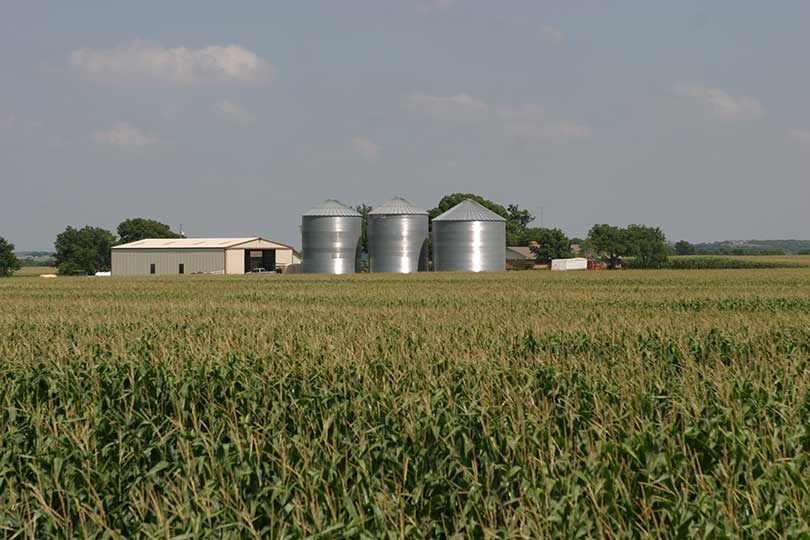By Justin Green
Staff Writer
Commodity prices continue to drop, driving down the price of agricultural land in some parts of the Lone Star State.
Farmers were doing well in 2012 and 2013, but the trend changed in 2015 when the market dropped, according to Dr. Charles Gilliland, research economist at Texas A&M University’s Real Estate Center.
In 2015, the Texas Panhandle and South Plains areas saw tracts of 321 to 550 acres sell for more than $1,200 per acre, the highest price tag by far in recent years.
Land prices were consistently low from 1987 through 2005. Then the commodity market picked up in 2006, which greatly drove up the price of land per acre.
Prices stayed high through 2015. But within six months of the commodity market dropping that year, land values began to fall.
“The notable declines are most clear in the Texas South and North Plains, say in general the Panhandle region and the South Texas/Valley region. This is presumed to be a result of dryland cultivation values becoming a little soft, a direct result of the recent drop in commodity prices,” said Bill Beam, a real estate agent based out of Abilene.
Aside from the drop in commodity prices, the decline in oil prices has also factored into falling land prices. The recent 10- to 15-year lows in crude oil prices create some negative pressure on the regional land markets, Beam said.
The U.S. Department of Agriculture (USDA) forecasts a bleak outlook for commodities over the next few years, Gilliland said.
“The coming years are not going to be as abundant as a few years ago. This puts pressure on the farmer’s bottom line,” Gilliland said.
A weak bottom line leads to more difficult access to financing, adding another challenge to growing a crop.
But there could be some relief.
“There probably has been some pressure on landowners to reduce their lease rates,” Gilliland said.
Uncertainty—of market prices and weather impacts—plagues farmers and ranchers. But commodity prices and land values have cycles.
“As farm commodity prices seem to have periodic cycles, so goes the land market as well,” Beam said.
The length of the current cycle is unknown.
And landowners who are considering selling are advised to do so sooner rather than later, according to Tyler Jacobs, real estate partner at Hall and Hall.
“You might capture a little bit of the market premium now, versus getting caught up in the bloodbath later,” Jacobs said.

